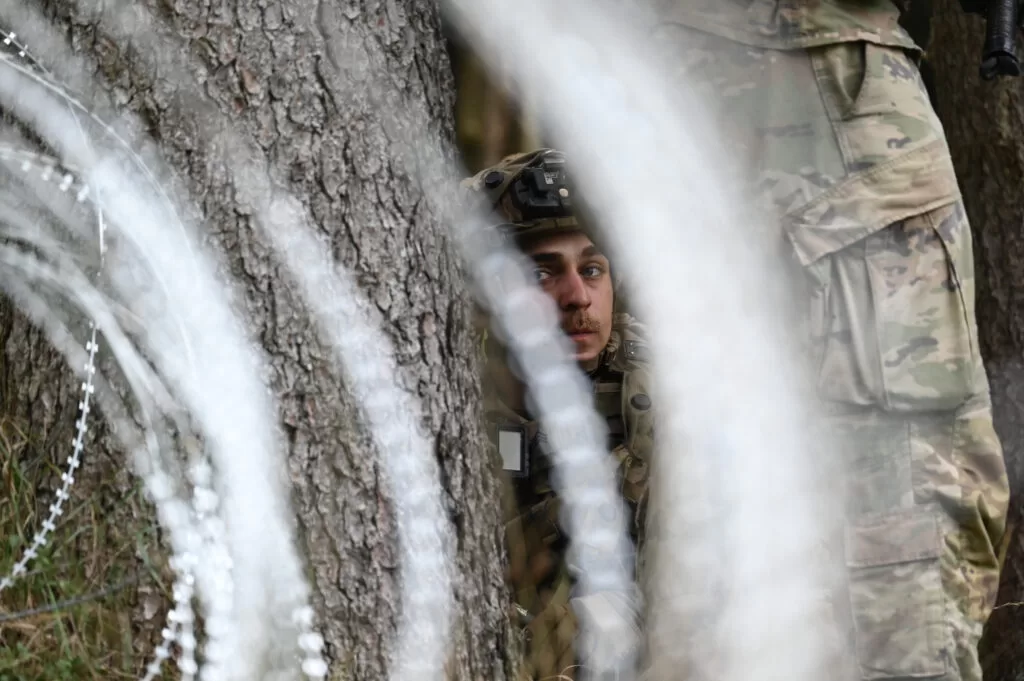Press play to listen to this article
Voiced by artificial intelligence.
Can Europe fend off a Russian attack on its own?
It’s a question that until now has been the stuff of fiction. But in the wake of the Kremlin’s invasion of Ukraine and with Donald Trump surging in the polls, it’s one European policymakers are suddenly facing.
The former — and possibly future — U.S. president has reportedly told European Union officials he won’t come to the Continent’s aid if it’s attacked. But for Europe, turning back decades of underinvestment in the military and rebuilding an industrial base would take massive amounts of money and five to 10 years, said several current and former military officials.
That’s time Europe might not have.
POLITICO looked at what capabilities Europe has now, its plans for beefing them up, and the implications of a potential end to Europe’s Pax Americana — including discussion in some countries about the need for their own, independent nuclear deterrents.
* * *
Let’s start with the type of scenario that keeps Europe’s strategic planners up at night.
The year is 2027. Trump is in the third year of his second presidency. Ukraine is still fighting, but Western aid has dried up and the front lines have been frozen for months. On the other side of the world, the showdown over Taiwan between Beijing and Washington is taking a turn for the worse.
That’s when Russian President Vladimir Putin decides to strike.
Missiles pummel Estonia’s Ämari Air Base. Hundreds of thousands of troops in Russia’s Leningrad Military District — hardened by years of war in Ukraine and equipped with Sukhoi Su-57 stealth fighters, T-14 Armata tanks, drones, rocket and mobile artillery systems able to blast thousands of shells a day thanks to years of a war economy — smash into eastern Estonia.
The first troops to be hit are NATO’s Enhanced Forward Presence force of 2,200 multinational troops, led by the United Kingdom and bolstered by about 10,000 Estonian troops and thousands more local volunteers.
They fall back under the punch, but they’ve done what they’re intended to do. The international troops have been placed there less as a fighting force than as a tripwire, to put foreign lives on the line and demonstrate resolve.
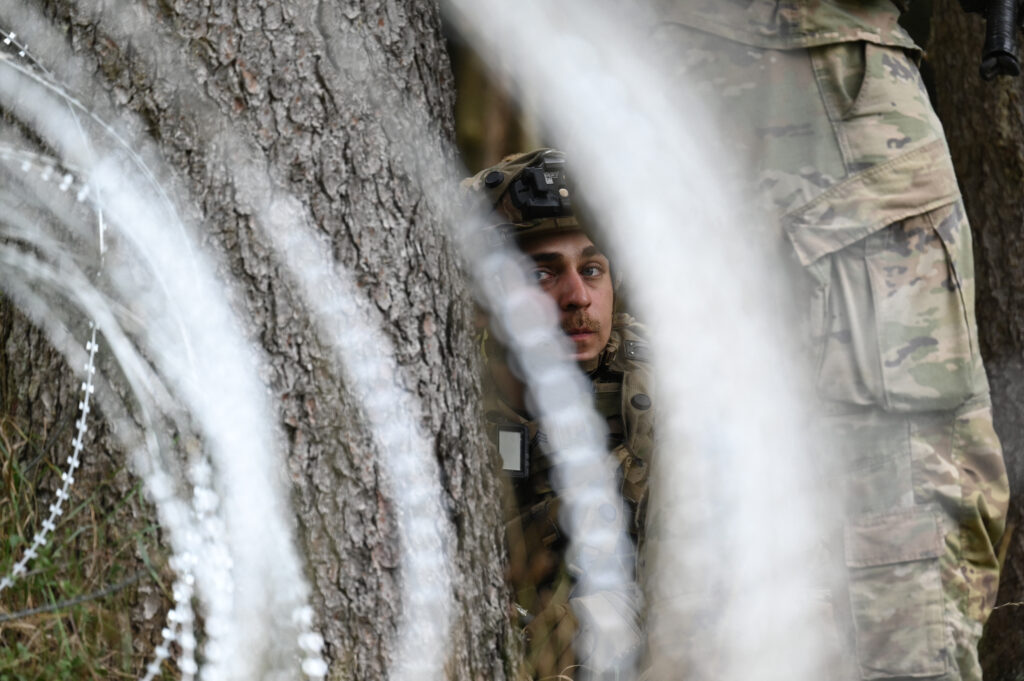
“It’s more symbolic than military, but it’s important,” Michel Goya, a former colonel in the French army and a military historian, said of NATO’s current presence in the Baltics. “It shows solidarity, that we’re ready to die for Estonia. Message to the Russians: If you want to invade Estonia, you’ll have to kill the Brits and Canadians.”
In this scenario however, Europe’s white knight has little intention of riding to the rescue. Trump has redirected most U.S. troops and military gear stationed on the Continent to the Indo-Pacific, and anyway he’s already signaled to Putin that he wouldn’t be all that bothered by an act of aggression in the Baltics.
“Trump could potentially undermine NATO’s deterrence with a tweet,” said Benjamin Tallis, a senior fellow at the German think tank DGAP.
Within days, Russia controls eastern Estonia, home to much of the country’s ethnic Russian minority. The Kremlin declares the region has returned to the motherland and extends its nuclear umbrella over the newly conquered territories.
“If the Russians feel they can get away with it, they would occupy parts of eastern Estonia,” said Daniel Fried, a former U.S. ambassador to Poland.
Russia’s brazen assault leaves Europe with a dilemma. Putin hasn’t attacked the whole alliance: Should it risk nuclear retaliation over bits of eastern Estonia? Or do nothing, not only handing Putin an easy victory but turning NATO’s Article 5 security guarantees into worthless paper — and giving the Russian president exactly what he wants.
“Putin and Russia understand that they can’t defeat NATO militarily, they can only defeat NATO politically, by effectively making Article 5 redundant,” said Ed Arnold, a research fellow for European security at the Royal United Services Institute (RUSI), a British think tank.
How likely is such a scenario?
Putin insists the idea is ludicrous: “Russia has no reason, no interest — no geopolitical interest, neither economic, political nor military — to fight with NATO countries,” he said in December.
But then again, he said the same about Ukraine.
In any case, the drumbeat of alarm is getting louder.
Ukrainian President Volodymyr Zelenskyy warned in October that if Russia isn’t defeated in Ukraine, it could be ready to attack the Baltic countries within 5 years.
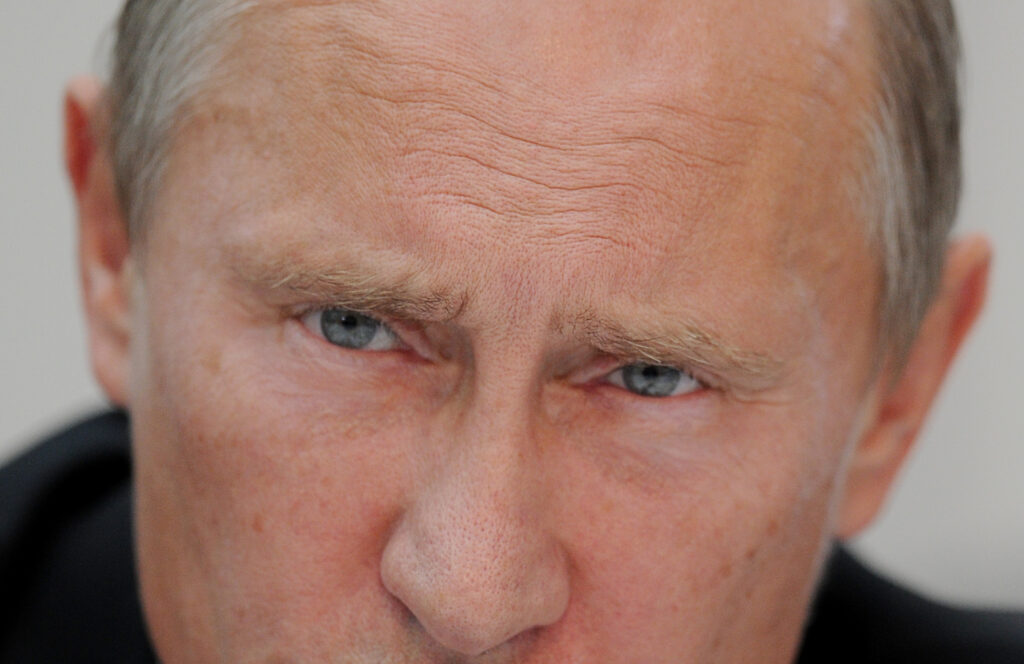
His fellow leaders in Europe appear to be listening.
Germany’s military has sketched out an “exercise scenario” for its planner to contemplate. It envisions a Russian attack into the Suwałki Gap between Poland and Lithuania in the period between this year’s U.S. presidential election and early 2025. Such an assault would cut the Baltics off from the rest of mainland Europe.
“We have to take into account that Vladimir Putin might even attack a NATO country one day,” German Defense Minister Boris Pistorius said earlier this month, adding: “Our experts expect a period of five to eight years in which this could be possible.”
Antonio Missiroli, a former NATO assistant secretary-general, said that a situation “in which that kind of American guarantee were not withdrawn but softened or made more uncertain” could tempt the Kremlin to move on a vulnerable country like Estonia, through hybrid methods or an outright military attack.
The rising risk has led to calls for Europe to prepare before it’s too late.
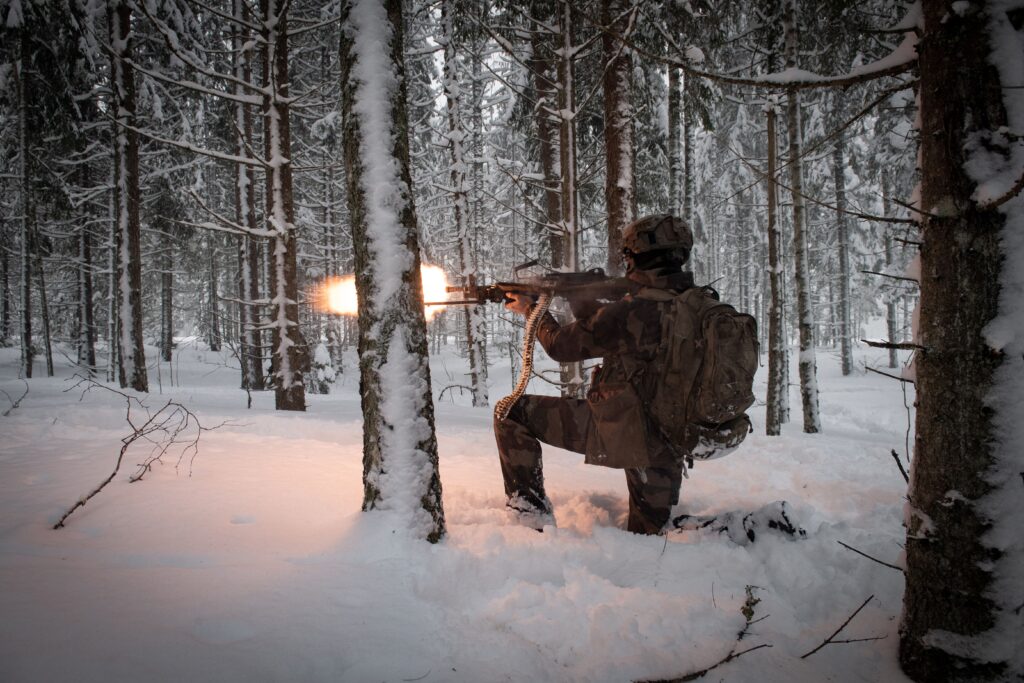
“There is a window now that may last for one, two, maybe three years, during which we must invest even more in a secure defense,” Norway’s defense chief General Eirik Kristoffersen warned last week.
In December, Jacek Siewiera, the head of the Polish National Security Bureau, said NATO’s eastern flank had only three years to get ready for confrontation.
“This is the time when a capability that is a clear deterrent to aggression must be established,” he said.
Unprepared
One thing everybody agrees on: Right now, Europe is vulnerable.
“Europe is not only unprepared for war, it’s not preparing for war,” warned Tallis, from the German think tank DGAP.
Without the U.S., the EU has neither the military equipment nor the manpower to face Moscow in a high-intensity conflict. “The Europeans don’t have the capacity to defend,” said Fried, the former U.S. ambassador. “Defense of the Baltics would require serious American military assets.”
If the Kremlin were to invade tomorrow, European armed forces would face a Russian military battered and bloodied by the war in Ukraine, but still a potent fighting force. Last year, Putin boosted the size of the Russian military (including reservists) to 3.3 million, adding 170,000 personnel, with more than 600,000 now fighting in Ukraine.
Despite its battlefield losses, Russia still outguns European NATO countries in terms of numbers (though not in quality) of tanks, artillery systems and jets. It also will officially spend 4.4 percent of GDP on defense this year, although the real figure is likely much higher.
Without Washington, Europe would likely find itself woefully underequipped. In December, former Lieutenant General Marc Thys said the Belgian military is so short of ammunition and funding that soldiers will “have to throw stones” shortly after the start of any conflict.
The U.S. has about 100,000 troops stationed in Europe, about a third in Germany and with a small but growing presence in Poland. The raw numbers may not be large, but for decades they have acted as a guarantee of Washington’s commitment, and a deterrent against aggression.
“The price of American isolationism for Europe and the world is a world war. This is a history lesson,” said Oleksandr Merezhko, a Ukrainian MP and head of the parliament’s foreign relations committee.
NATO has set up forward deployment forces in the frontline states; the largest of those will be the German-led detachment in Lithuania, where the Bundeswehr plans to send 4,800 troops by 2027. But European countries probably couldn’t even move reinforcements to the Baltics quickly enough to rapidly support the forces there, top officials from the alliance have warned.
Since the end of the Cold War, the size of Europe’s militaries has shriveled. Many European countries scrapped unpopular conscription laws and shifted to professional militaries. Between 1989 and 2022, the number of EU military personnel dropped from 3.4 million to 1.3 million.
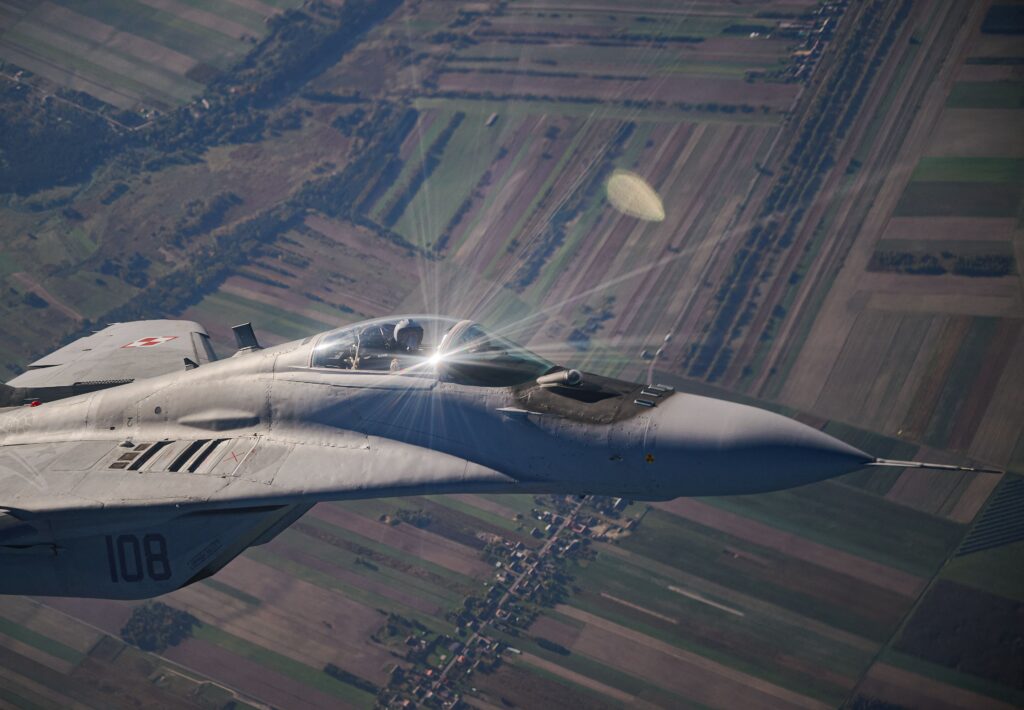
The immediate priority is land armies, Swedish Defense Minister Pål Jonson told POLITICO. “When it comes to our armed forces, it’s evident we need to increase readiness and availability, especially of ground forces.”
The Continent’s armed forces, reliant on volunteers, are struggling to hire not just in Germany, the U.K., Spain and France — but even in countries closer to the front lines such as Romania, Poland and Bulgaria.
The manpower shortage is a serious challenge for militaries looking to beef up. “If we fail in completing our armed services, then all the additional budget and procurement will not really have the expected effects,” said General Robert Brieger, chairman of the European Union Military Committee, an EU body that gathers the bloc’s chiefs of defense.
For some countries, Russia’s illegal annexation of Crimea in 2014 served as a wakeup call. Baltic and Nordic countries are back to drafting troops. Lithuania reinstated the draft in 2015, Sweden in 2017 and Latvia in 2023. In the Estonian Defence League, civilians regularly train for a Russian invasion.
Poland’s military has long oscillated around 100,000 personnel, but in recent years it has started to grow. The previous government wanted that to rise to 300,000 but the new administration of Prime Minister Donald Tusk has been more cautious about bandying around such big numbers.
But while troop levels are rising, they haven’t yet reached a level that would allow for large deployments in the event of a Russian attack. Germany has 183,150 active duty personnel. Rounding out the top European military powers are France, with 303,750 personnel, and the U.K with 150,350.
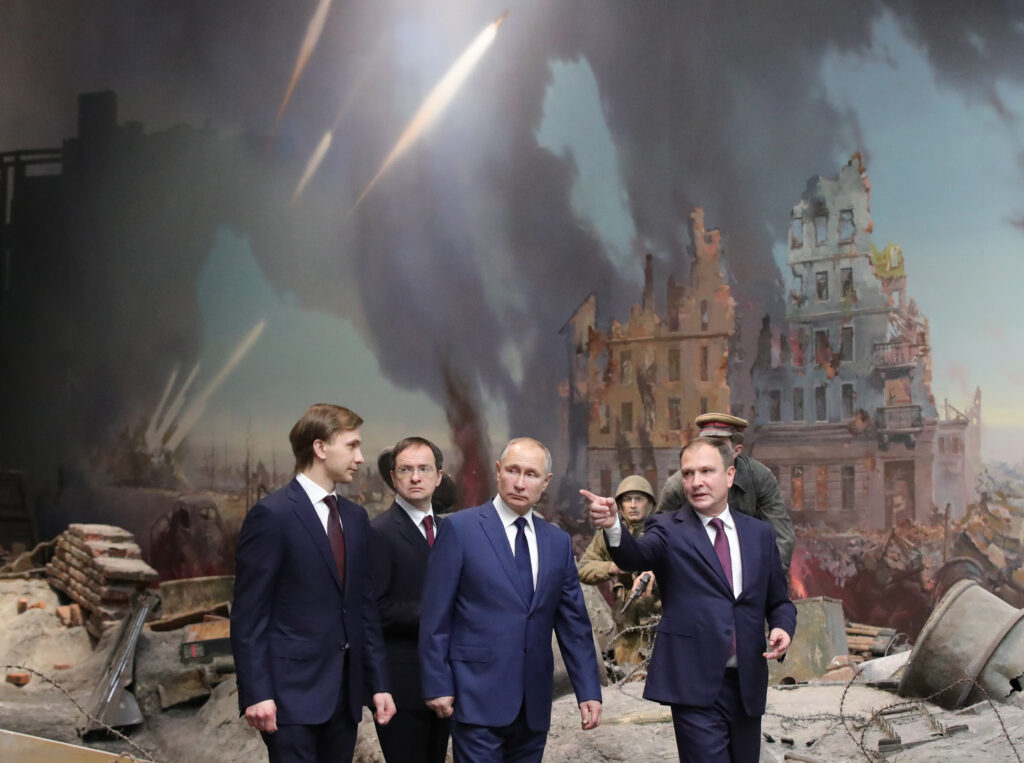
Finland, where tensions with Russia have been a key question ahead of a presidential election at the end of January, is among the European countries most prepared for confrontation with Moscow. A country of 5.5 million, it has 900,000 citizens with basic military training.
“We have a very strong air force, army and navy including of course weaponry including the biggest artillery in Europe along with Poland, so people understand that we have done our bit here,” former Prime Minister and current presidential candidate Alexander Stubb told POLITICO.
Unready
While European leaders have begun talking about amping up preparedness, they have yet to start to sell their publics what sacrifices that will entail.
A switch to a war footing would require massive amounts of money, many more troops on Europe’s eastern flank, increased coordination among capitals and a change of public opinion.
To prepare for the worst, European countries need to “spend, spend, spend,” according to Gesine Weber, a research fellow at the German Marshall Fund.
It’s not that European countries haven’t been under pressure to boost military spending. As far back as 2006, NATO defense ministers agreed on a target of spending 2 percent of GDP on defense.
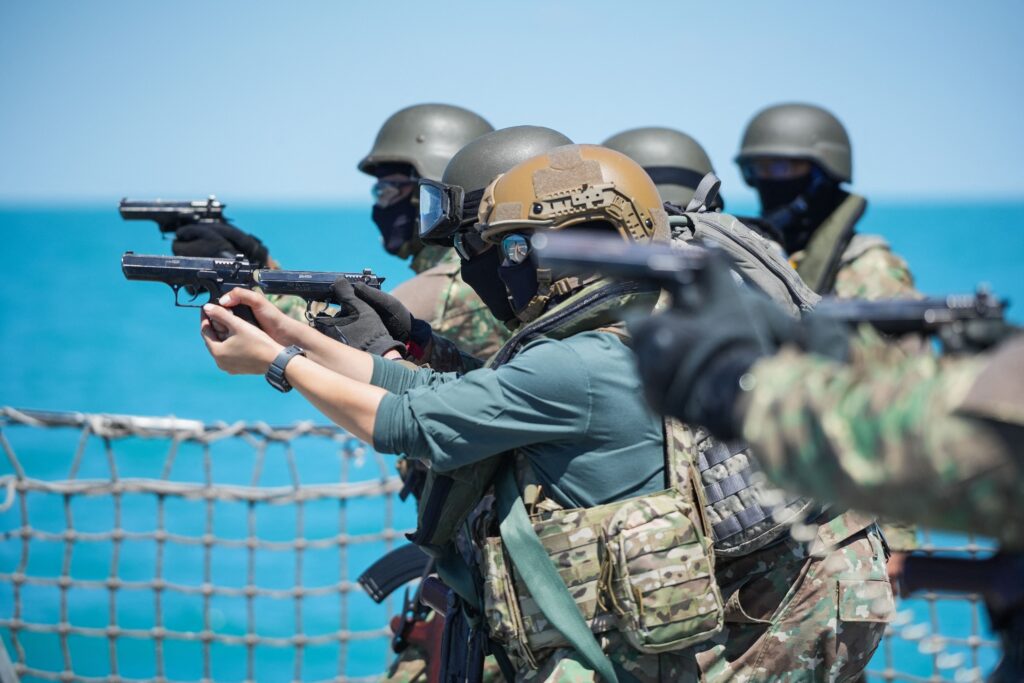
And yet, despite Russia’s attacks in Ukraine and years of cajoling from Washington, as of last year, only 11 of the alliance’s 31 members met that goal — eight of them frontline states bordering Russia or Ukraine.
Pouring more cash into defense, however, is not an easy sell for politicians, especially in Western Europe where war still seems far away. Military spending means less for social welfare and the green transition. EU states are also already heavily indebted because of the Covid crisis, and growth prospects are grim.
“It’s important to give the right framing to convince public opinion,” Weber said. In Germany, she explained, the debate is presented as a trade-off between building a new school or buying tanks: “That’s not the right thing to say. Rather, it’s about safeguarding and securing our way of life.”
As the history of the 20th century has shown, democracies may be slow to turn to a war footing, but once they do, they’re difficult to match. The question for Europe is whether it’s pivoting fast enough.
“Democracies are very cumbersome and slow in their decisions, unfortunately. And because of this, they are constantly threatened by totalitarian regimes,” Serhiy Hnezdilov, a Ukrainian soldier currently fighting Russia, told POLITICO.
Unlike Russia — where bakeries now manufacture killer drones and which last year produced about 2 million artillery shells — Europe hasn’t truly entered a wartime economy despite the Ukraine invasion. Its promise to supply Ukraine a million shells by March, made a year ago, looks almost certain to fall short.
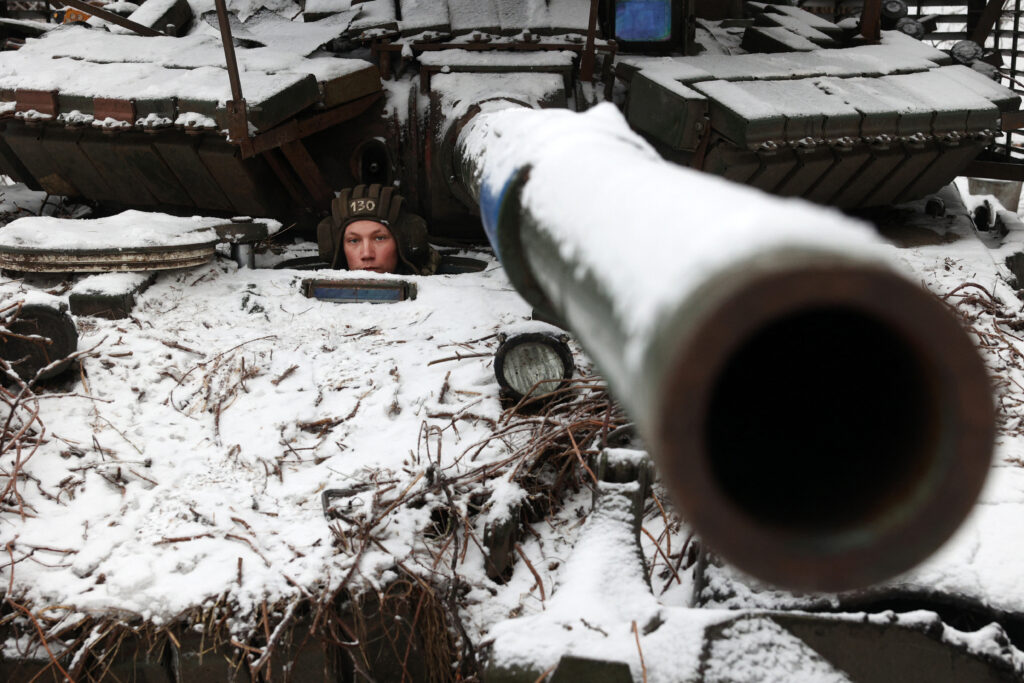
“In Europe, we have a defense industrial capacity largely designed for peacetime,” Jonson, the Swedish defense minister, told a seminar in Stockholm earlier this month.
According to General Brieger, the EU Military Committee chairman, Europe “urgent[ly] needs” more strategic transportation, space-based capabilities for early warning and ground capabilities such as anti-tank, anti-air and anti-drones equipment.
That’s not to say nothing is being done. The French arms manufacturer Nexter now makes six Caesar self-propelled howitzers a month instead of two. In the next few years, Germany’s KMW and Rheinmetall reportedly want to increase production of Leopard 2 main battle tanks from about 40 to around 100 per year and Finland plans to double ammunition production. European missile-maker MBDA will invest €1 billion in its factories.
Germany, which says it will reach the 2 percent spending target this year thanks to a special one-off €100 billion military fund, revamped its military strategy in November for the first time since 2011, aiming to make the Bundeswehr “war-ready.”
“Today, nobody can seriously doubt what we in Germany have been avoiding for a long time, namely that we need a powerful Bundeswehr,” said Chancellor Olaf Scholz.
Poland has been on a buying spree, signing deals to buy South Korean and U.S. tanks, jet fighters, artillery, rockets and air defense systems. The new government promises to take a hard look at some of those contracts, but is still committed to modernize the military, which gave away almost all of its Soviet-era kit to Ukraine. Romania, the Czech Republic and others are also arming up.
But the pipeline of new equipment is still relatively empty, especially as a lot is being sent to Ukraine and deliveries of new gear can take months or years. And there’s the bigger question about the timing of any potential Russian invasion, and whether Europe would be ready in time.
“It’s important to underline progress has been made, but if you compare what has been done so far with what probably needs to be done, we are still talking about peanuts,” said Missiroli, the former NATO assistant secretary-general.
Progress was triggered by the “shock” of Russia’s Ukraine invasion, he said, adding: “Another shock may be needed.”
Undeterred
The European Union’s governments will also need to decide whether they want Brussels to play a bigger role in defense. Estonia and France, echoed by European Council President Charles Michel, are now floating the idea of joint EU borrowing to build up the Continent’s capabilities.
In late February, Internal Market Commissioner Thierry Breton will present his European Defence Industrial Strategy. According to internal documents seen by POLITICO, he could push for more joint weapons procurement and coordination of governments’ defense budgets to become more efficient and support the bloc’s companies.
The French commissioner also wants the EU to copy the U.S. president’s emergency powers allowing the White House to redirect the country’s industry to defense manufacturing in case of an emergency — leading to a true wartime economy.
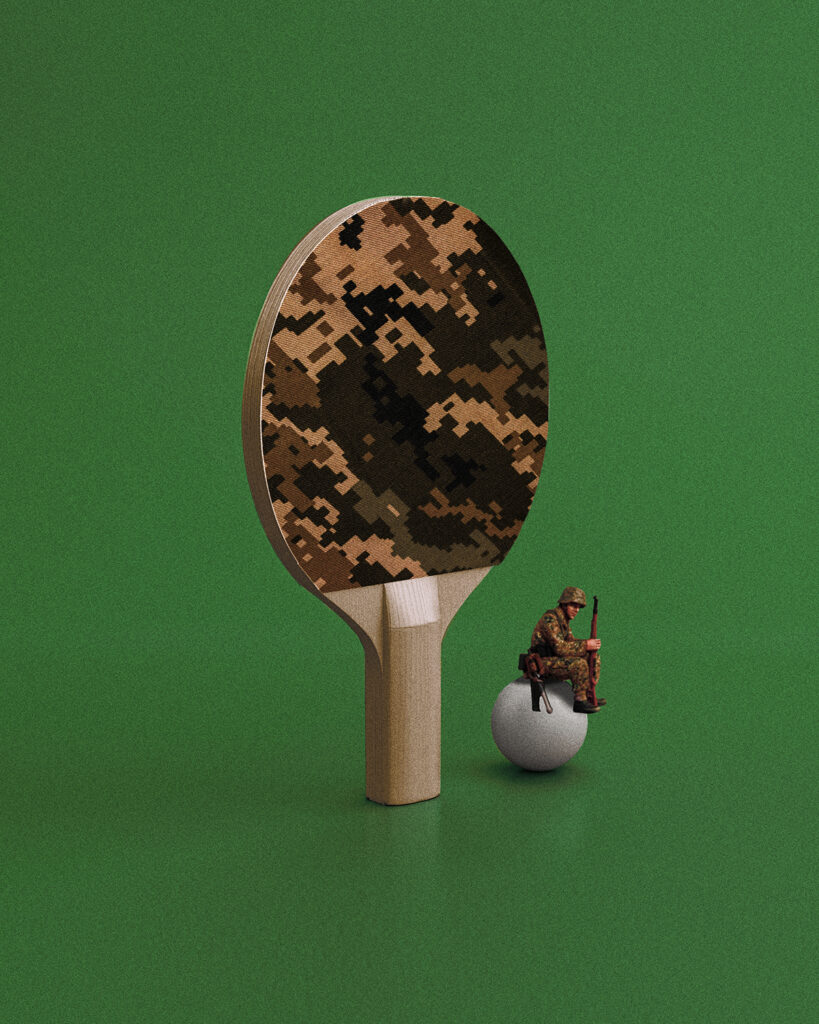
Eventually, Breton said earlier this month, the EU will need a €100 billion cash pot to boost defense production. The bloc can be on a par with Russia in 18 to 24 months when it comes to manufacturing weapons, he added.
Other EU officials are calling for more standardization and interoperability among Europe’s armed forces. While EU countries have 17 different types of tanks, the U.S. only has one, according to the Jacques Delors Institute.
But giving too much power to Brussels on defense is likely to be met with resistance in some capitals.
“It would make a lot of sense to do it on a European level,” said Hannah Neumann, a German Greens lawmaker sitting on the European Parliament’s security and defense subcommittee. “It would save a lot of money, make us a bigger player and would also help Ukraine.”
“But [European Commission President Ursula] von der Leyen and Breton are coming up with big plans without the mandate from the member states, who still think that power should rest with them,” she added.
In the meantime, the prospect of facing off against Moscow without American support has caused some in Europe to consider the once unthinkable: developing their own nuclear arsenals.
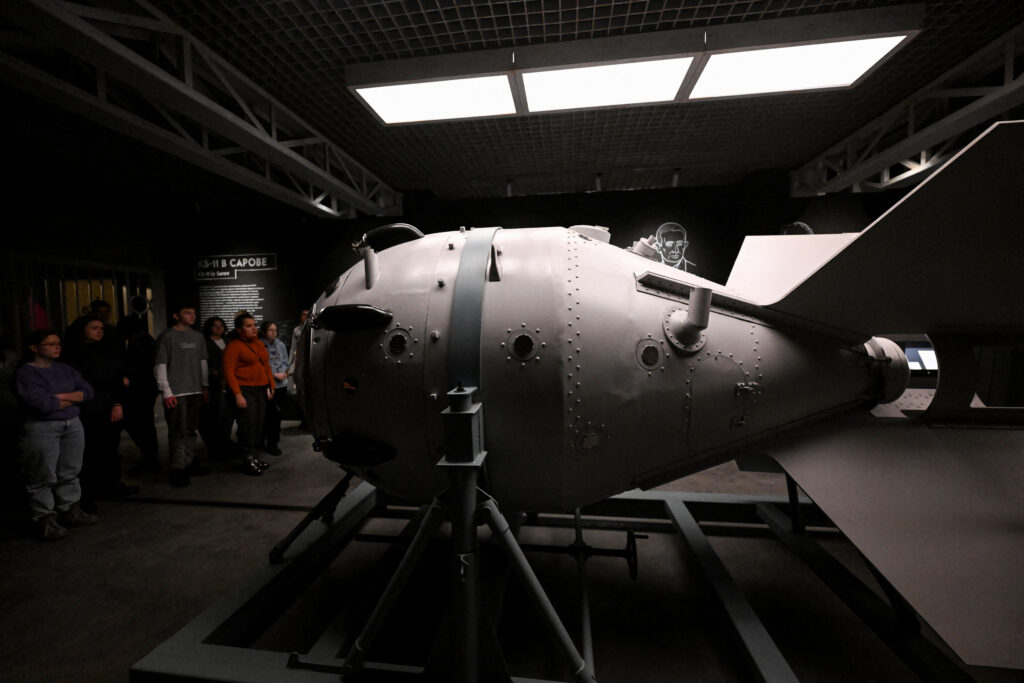
Nuclear weapons are, after all, the ultimate deterrent — and the war in Ukraine is serving as a cautionary tale.
Following the collapse of the Soviet Union, Kyiv was browbeaten by the U.S. and other countries into giving up its inherited arsenal in 1994 in return for Russian and Western guarantees.
Even at the time, some leaders thought that was a very risky decision. French President François Mitterand reportedly warned his Ukrainian counterpart Leonid Kuchma he was making a mistake: “Young man, you will be tricked, one way or another.”
Bill Clinton, who was U.S. president at the time, has regrets. “I feel a personal stake because I got them to agree to give up their nuclear weapons. And none of them believe that Russia would have pulled this stunt if Ukraine still had their weapons,” Clinton told Irish broadcaster RTÉ last year.
A possible American withdrawal would leave large parts of the EU — accustomed to huddling under the U.S.’s nuclear umbrella — suddenly exposed.
“Europe doesn’t have the ability to provide nuclear deterrence in the way America does, in volume or in range,” said Neil Melvin, a researcher with RUSI.
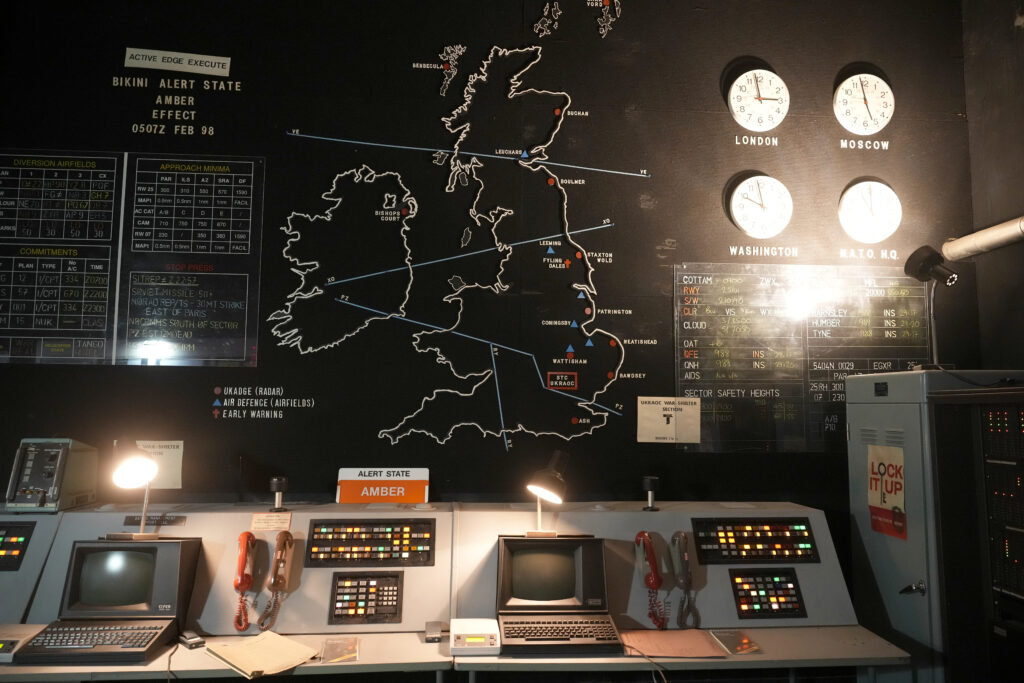
France and the U.K. will still have nuclear weapons but just how much they could put them at the service of their allies and under which conditions is an open question, according to Camille Grand, a former NATO assistant secretary-general and now a distinguished policy fellow at the European Council on Foreign Relations.
The U.K. has about 200 warheads, which it partially contributes to NATO defense. France has about 300, but they are only committed to national defense.
That latter point is being debated: This month, influential French defense and security expert Jean-Dominique Merchet told Le Point that France should “somehow share” its nuclear weapons with European allies, in the same way that Washington does.
That’s an idea French President Emmanuel Macron hinted at a few years ago, but which was never seriously explored. On Wednesday, Manfred Weber, leader of the center-right European People’s Party, said that’s a conversation Europeans need to resume.
“Macron offered a long time ago, especially to the Germans, to consider how the French nuclear umbrella could be placed in a European framework,” Weber said. “Now is the right time to take up this Macron offer.”
Such a move would just raise another question: Can Paris or London really be counted on to risk nuclear war to stop Russian troops from marching on Tallinn or Warsaw?
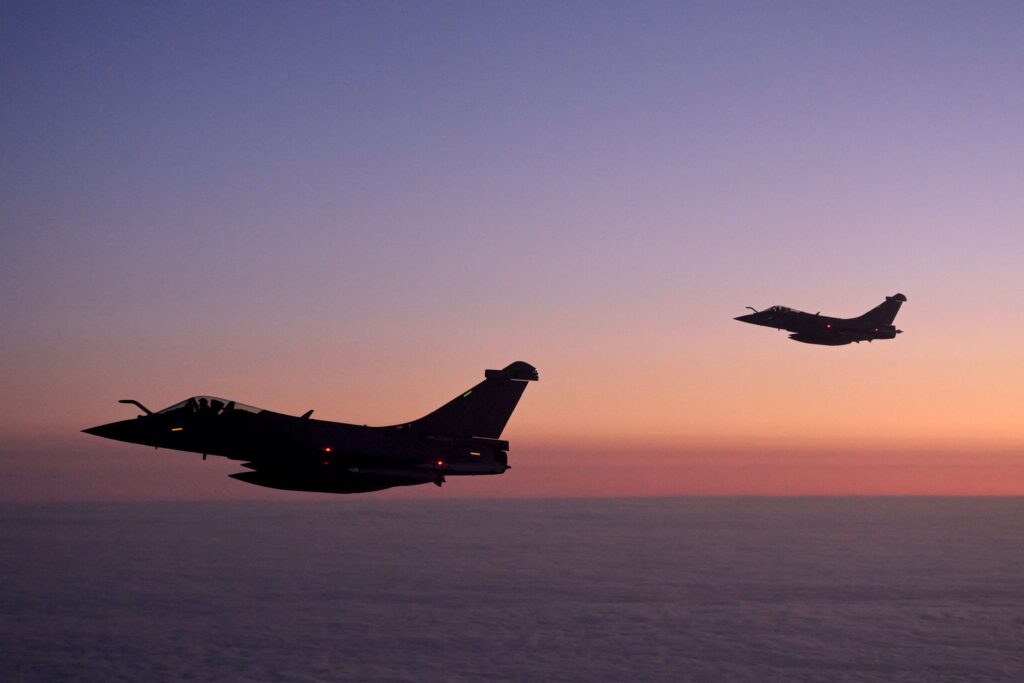
“What does it mean to extend the nuclear umbrella to Poland? ” said Goya, the French former colonel. “Are we unleashing nuclear fire on Russia? Because we’ll receive the same blast on our own soil. Nobody trusts that perspective.”
The uncertainty has left European leaders scrambling for other options. In December, former German Greens Foreign Minister Joschka Fischer said the EU needs its own nukes, though that raises issues of how the EU would be able to manage a nuclear strike force.
Meanwhile, in Poland, some voices have begun calling on the country to build its own arsenal.
“If the international order is not able to give us 100 percent guarantees to scare off and defend ourselves against a Russian attack,” Robert Cheda, a retired Polish intelligence officer, said in a Polish news interview, “we have to be able to give ourselves the right to possess national nuclear weapons.”
Such views are still marginal, but they would likely grow stronger during a Trump presidency.
For Hnezdilov, the Ukrainian soldier fighting Russia, the answer to all these problems is a simple one: If Europe doesn’t want to have to fight Russia, its leaders should ensure Ukraine is given the means to defeat Moscow now.
“Because if Putin does not stop, is Europe ready for war today?” he asked. “If Ukraine falls, is Europe ready to defend itself?”
Lucia Mackenzie prepared the graphics. Laura Kayali reported from Paris. Charlie Duxbury reported from Stockholm. Joshua Posaner reported from Berlin and Brussels. Jacopo Barigazzi contributed reporting from Brussels. Veronika Melkozerova contributed reporting from Kyiv. Caleb Larson contributed reporting from Berlin. Jan Cienski contributed reporting from Warsaw.
